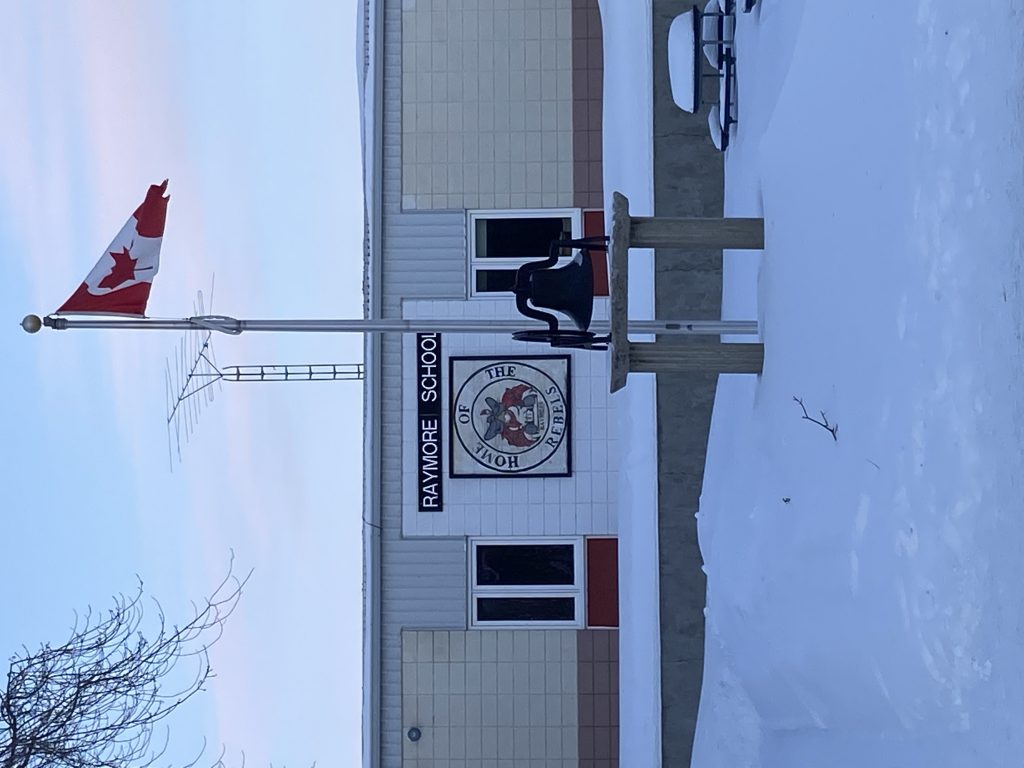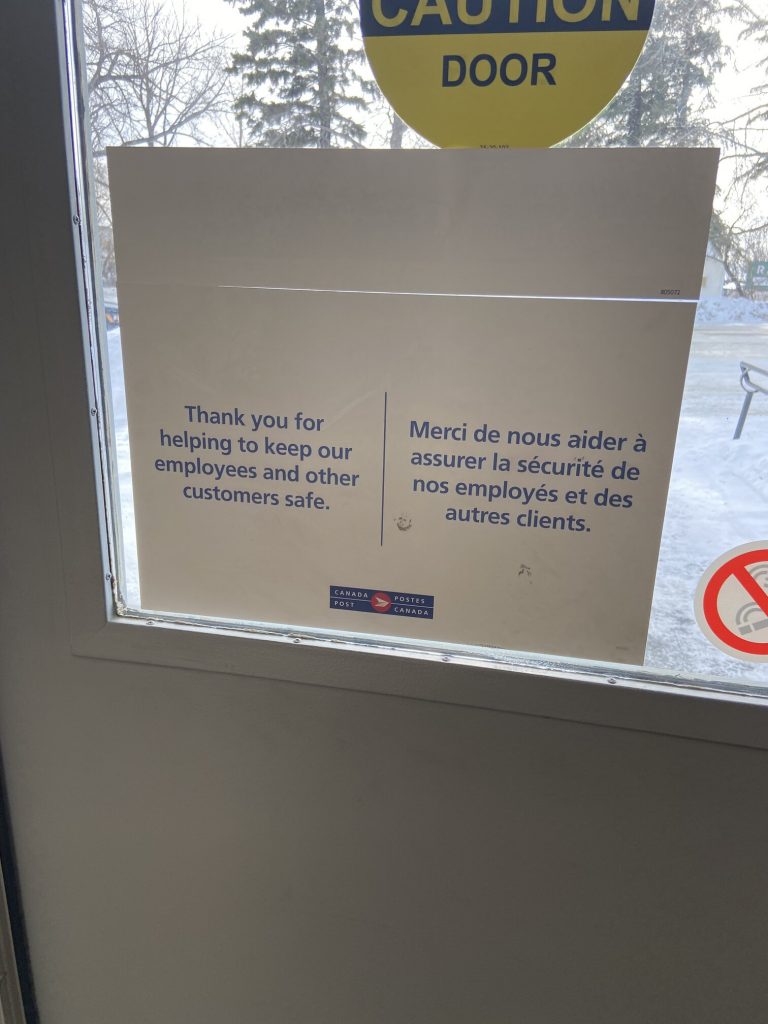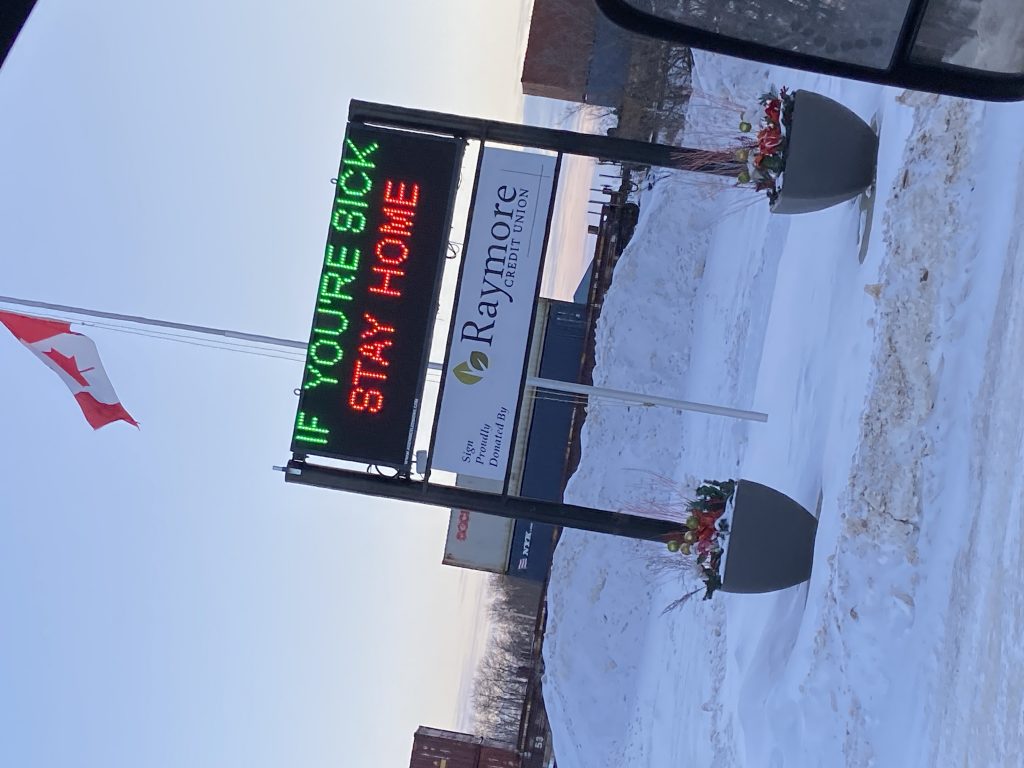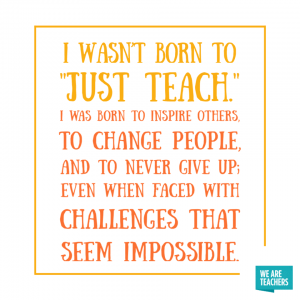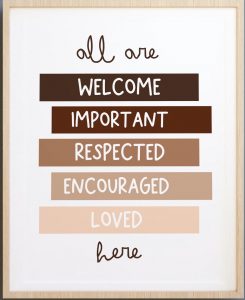When I was younger, the history of my relatives was not much talked about. Going into this assignment, all I knew was that I was part German, I spoke English and that was my first and only known language, and that was all the knowledge I had of my background without asking further questions to understand more. Getting the chance to learn more through this assignment and have a deeper connection with my relatives was an exciting moment for me and I knew there was no one better to talk to than my aunt. My aunt first shared with me that most of my relatives spoke German or Norwegian, some also spoke Scottish as well but that was only if they were “well to do”. These days none of my family speak those languages. We just speak English as that is how everyone was raised. Thinking about it now, it would have been interesting to learn how to speak Norwegian as that does not seem like such a common language compared to French, Spanish, etc. My aunt explained our knowledge for only one language like this, it was never a loss of our language, it was just at that time in my great grandparents’ lives, they looked at it as the right thing to do as they were coming to a new country and that if you had difficulties learning the language later on, this resulted in harder success in life. So, they chose to learn English but to them it was never a loss, it was just adapting to new ways. My aunt and my mother both pointed out that some words or meanings of words have changed since they were young. No necessarily the loosing of the language but the meaning of the words have changed. Words they used to say so freely are now frowned upon, which they knowingly understanding why today. But words such as ‘bortsch’ or ‘Cubase’ have still carried the same name through the years. They also discussed that technology has changed the understanding of language also. Instead of simply typing out ‘be right back’, kids use an abbreviation of ‘BRB’. I also pointed out that although I am still young enough that I should understand different terminology compared to them, some words I hear from my friend’s younger siblings I have no clue what they mean, which I than find out, the words are simply just made up and they put some type of meaning to it, which is something I never did when younger. They went on to say that their loss of native tongue was not affected to them personally but the change of language between generations has changed even since they were young.
My great grandpa came from ‘White Russia’ which was called that at the time because they did not want to be aligned with Russia. When my great grandma came to Canada it was a sign of prestige in the community for first generation Canadians to speak English, but if you did not speak the language or did not need to use it for your job, that usually reflected to you being poor. If you were poor, you spoke your own language. This statement my aunt made reminded me of what I read in the article by Haque and Patrick stating, the tremendous diversity among indigenous languages was accordingly seen not as a sign of the great cultural richness of indigenous communities, but as a barrier to language maintenance and education as well as to the accessing of government services. (Varjassy, 1964) This statement stuck out to me because of what I learned while listening to my aunt. Like I said above, when my grandparents came from Russian, it was said that if you talked in your own language and not English this resulted in you being considered poor. Just like the Indigenous languages were not a sign of richness but looked at as a barrier to learning new information in school and understanding life in Canada. Although my great grandparents decided to learn another language by choice, Indigenous people did not have that choice, their language was simply just taken away from them. This leads to another interesting point my aunt mentioned to me. She discussed that when the residential schools first started appearing, her family along with others, believed it to be cultural and that they were doing good for the Indigenous people, but they did not know back then what they do today about what happened in those schools.
Once my grandparents made it to Canada, they only spoke their language in the comfort of their own homes and used it only when necessary. This was not because they were hiding their language from other people who were around but more so for the fact that it was easier to get along with everyone in and around the community by speaking one language, which was English. I learned that my cousin who married a Greek man and who currently lives in Greece, he can speak his language but the places around him speak not only his language as well but a higher language than what he is used to but still accepting that this is the world we live in where people know more than one or two languages. Just like when the Indigenous people’s language was said to be impractical for modern Canadian life but also a barrier to both cohesion and communication. (Haque and Patrick) It seemed that this accusation was only because in the past, Canada could not accept more than English or French being spoken, which as a place that encourages diversity, was doing anything but encouraging diversity in those years.
Although I have not learned any new languages that I can proudly speak and know I am saying the correct thing. My aunt that told me all my family information has a house in Mexico with her husband. They have been going there every winter for six years or so, and in doing so they took it upon themselves to learn the language that is spoken and also to get to know the people. To learn the language, they listened to audio books, learned from google translate and also just asked the locals to teach them different words. They chose to do this for many reasons such as to help them learn about the people and the culture around them, to trade or buy items, to converse to other local people but the main reason she made clear to me was out of respect. That they were coming into a new country and although most spoke English as well as Spanish, it was only proper for my aunt and uncle to also learn their first language of Spanish. This showed the people that although they were coming as visitors for a few months, they respected their culture enough to take the time to learn and ask questions when they did not know. They also taught their granddaughters who are 5 and 3, how to speak some Spanish and the oldest is able to count to twenty in Spanish all by herself. She told me that she wanted them to understand how important it is to know more than one language and that if they are wanting to go places where it is not just English that is spoken, they will need to learn how to speak or at least understand that language out of a sign of respect. My aunt went on to say that if other family members or friends want to come and visit for a week or two, there are a few words or sentences that they also have to learn so that they can talk with the locals. Words such as, hello, goodbye, thank-you, were some of the simple words that would get you a little farther with the locals.
Learning about my language and why I don’t speak what was once spoken was interesting to learn about. When we discussed in class how the only way you could come to Canada was if you knew English or French it made me think back to what I learned with my family language. Maybe to my great grandparents they made it seem like it was their choice to learn English but it was actually just the way it had to be if they wanted to come to Canada. Either way, after thinking more about what I learned, I wish my family would have kept some of their language around so that although they could not speak their language all the time, they also didn’t lose it and could pass it on from generation to generation.



Resources
Eve Haque & Donna Patrick (2015) Indigenous languages and the racial hierarchization of language policy in Canada, Journal of Multilingual and Multicultural Development. https://urcourses.uregina.ca/pluginfile.php/2455265/mod_resource/content/1/Indigenous%20languages%20and%20the%20racial%20hierarchisation%20of%20language%20policy%20in%20Canada.pdf
